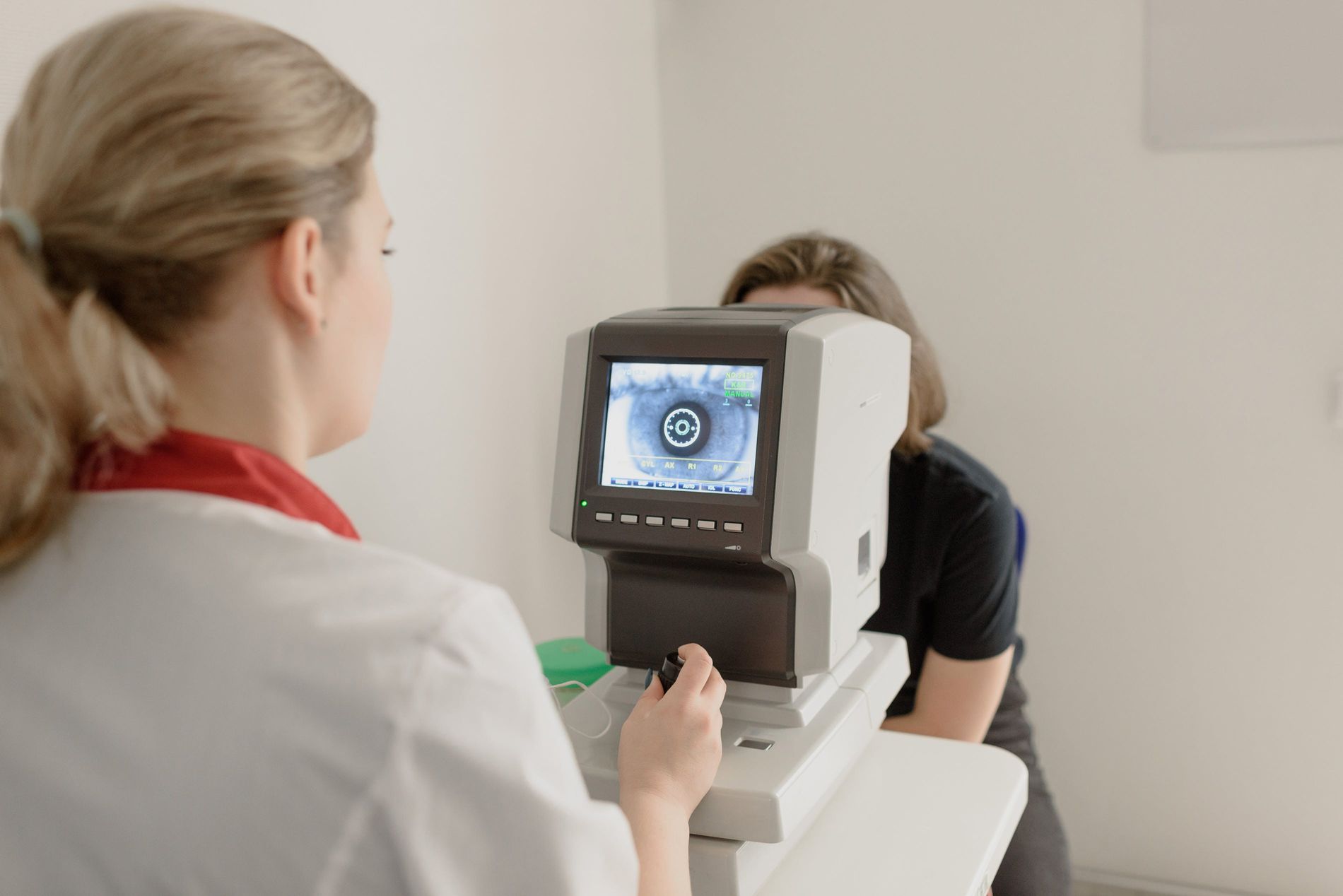Summary
This study compared the effectiveness and safety of OCT-guided vs. IVUS-guided PCI for complex coronary-artery lesions. The primary end-point was a composite of death from cardiac causes, target-vessel-related myocardial infarction, or ischemia-driven target-vessel revascularization.
At a median follow-up of 2.0 years, the primary end-point event had occurred in 47 (6.5%) patients in the OCT-guided group and 56 (7.4%) patients in the IVUS-guided group (hazard ratio [HR] 0.87; 95% confidence interval [CI] 0.59–1.29; P=0.50).
These findings were consistent in adjusted analyses. The incidence of contrast-induced nephropathy was similar between the two groups (1.9% vs. 1.5%; P=0.46). The incidence of major procedural complications was lower in the OCT-guided group than in the IVUS-guided group (1.7% vs. 3.4%; P=0.03). The results of this study suggest that OCT-guided PCI is a safe and effective alternative to IVUS-guided PCI for the treatment of complex coronary-artery lesions.










